“The Red Dwarf sets have been built on Stage G at Shepperton Studios, home of countless films and television projects, including The Third Man, Oliver!, Robin Hood: Prince of Thieves and Mel Gibson’s Hamlet, for the past three seasons. Scattered amongst the workshops and sound stages at Shepperton are a number of disused backlots, which have proved to be a bonanza for the Red Dwarf production team. This year, they’ve already returned to the wooded glade used in last season’s ‘Terrorform’ to shoot exteriors for episode four, ‘Rimmerworld’, and next week they’ll be shooting segments of episode five, ‘Emohawk’, in a village of wooden huts – a set left behind by the short-lived American series Covington Cross.”
The Making of Red Dwarf, Joe Nazzaro, p. 17 (published 1994)
“The GELF settlement was a re-dressed medieval village set which had been created for the aborted British/American television series Covington Cross.”
“Emohawk: Polymorph II” Wikipedia entry (retrieved October 2020)
Any self-respecting Red Dwarf fan has a few standard facts at their disposal. The first recording dates for Series 1 were cancelled due to an electrician’s strike. Robert Llewellyn was electrocuted on his first day at work. “Meltdown” was put back in the episode order due to worries about the Gulf War.
Slotting in among these standard set of facts is that the village scenes in the episode “Emohawk: Polymorph II” were shot on an abandoned set for a series called Covington Cross. And that’s… kinda it. That is The Fact, done, ticked, off we go.
I don’t think that’s good enough. Let’s take a proper look.
Covington Cross was a 1992 ABC series of 13 episodes… only 7 of which were shown in the US before it was pulled. Unusually for a US series of the time, it was shot in Britain, with extensive location work. Variety described it as a “medieval action-adventure series focuses on families of good guy Sir Thomas Gray (not the 18th-century poet) and baddie John Mullens.”
It is also not a particularly good television programme. I will fully admit that I have not managed to watch all 13 episodes in the writing of this piece, but the series very strongly resembles a crap version of Maid Marian and her Merry Men; right down to the contrast between the castle and village scenes, and the carefree updating of the Middle Ages, but with zero of the charm. As far as I can tell, the best things the show has ever done is provide a set for the best half of “Emohawk”, and give people who liked Glenn Quinn something to masturbate about.
The episode embedded above is Episode 4, “Cedric Hits the Road”, which has a higher percentage than usual of village scenes. It seemed, therefore, an ideal place to see if we can pin down a few comparisons between the set as seen in Covington Cross, and that seen in “Emohawk”. And while none of the shots entirely match, we can definitely pinpoint that it is indeed the same set used in both series.
Oh, you want me to do the work of getting the screengrabs? FINE.
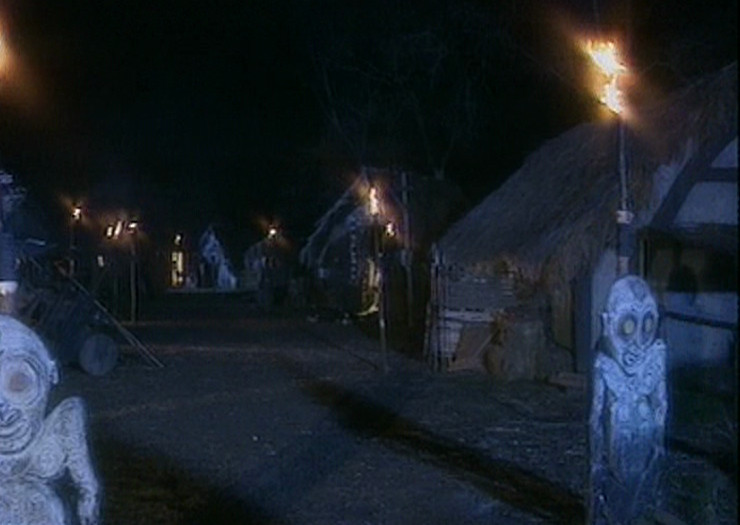

In the above shots, the thatched building is clearly the same; the best way is to look at the timbers on the right. Dwarf, then Covington:
By the way, yes, that’s Alex Kingston he’s about to meet in the Covington Cross screengrab. If you want the busty cleavage shot, you can go and screengrab that in your own time.
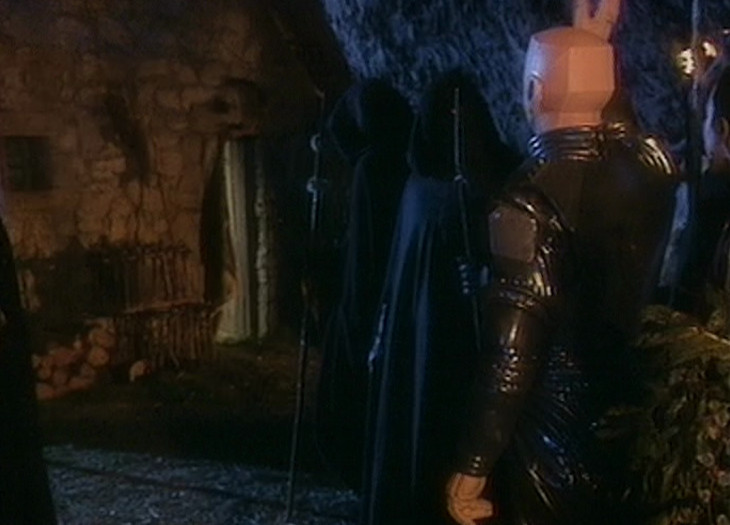
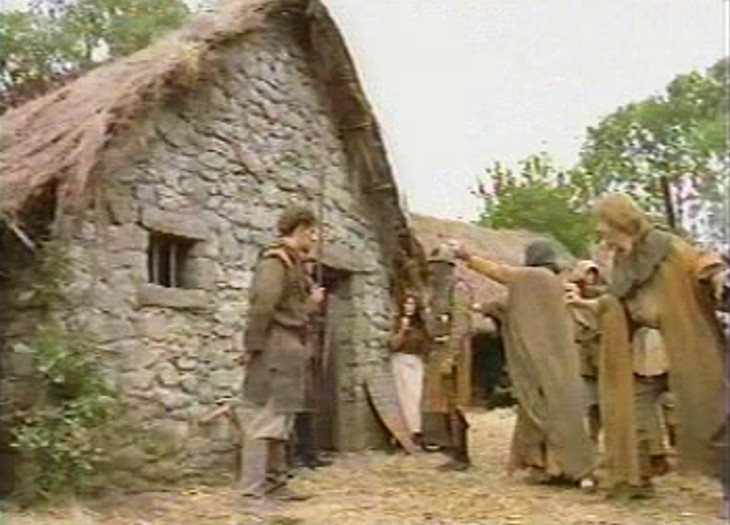
The fact that “Emohawk” was shot at night makes some of this tricker than it could have been, but again, check out the arrangement of the small window and door in these shots; the building is identical.
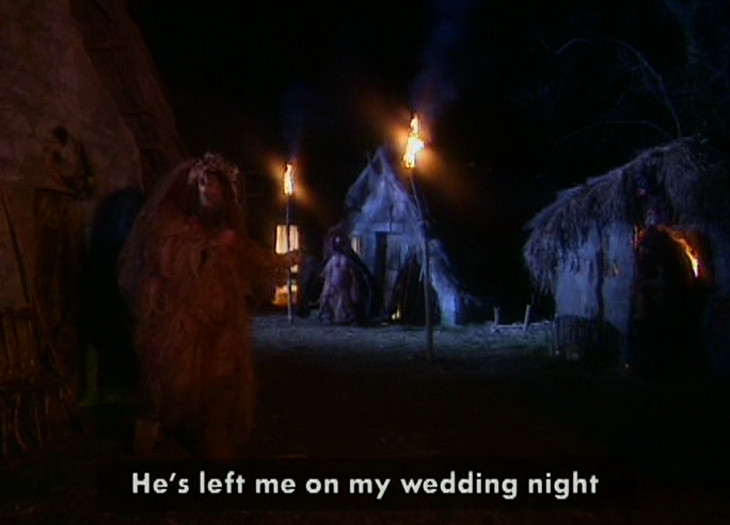
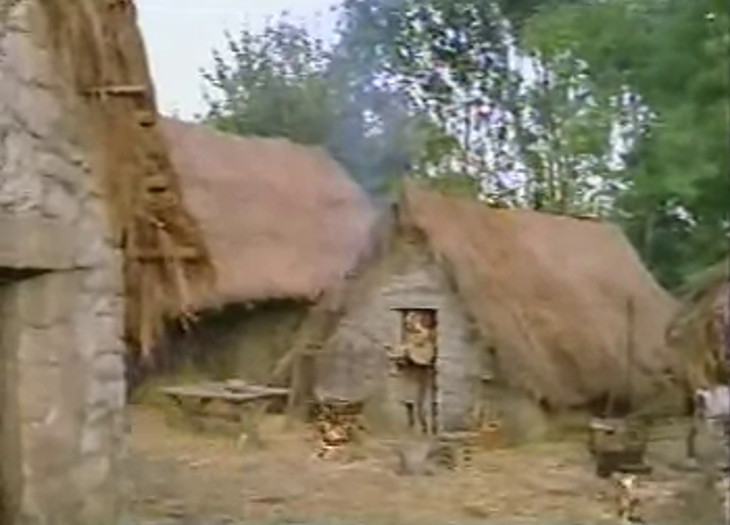
I suspect it’s the different lenses involved which make the building look further away in the “Emohawk” shot above than in Covington Cross, but a quick glance across features of the buildings confirms this is the same angle.
Hilariously, given my Maid Marian comparison above, this episode of Covington Cross also has a guest performance from a certain Forbes Collins, who does THAT VOICE throughout the entire episode. But if you’re looking for Red Dwarf actor connections in Covington, then Ron Pember shows up in the episode “Eviction”, and Sarah Alexander shows up in “The Hero”, right at the beginning of her career:
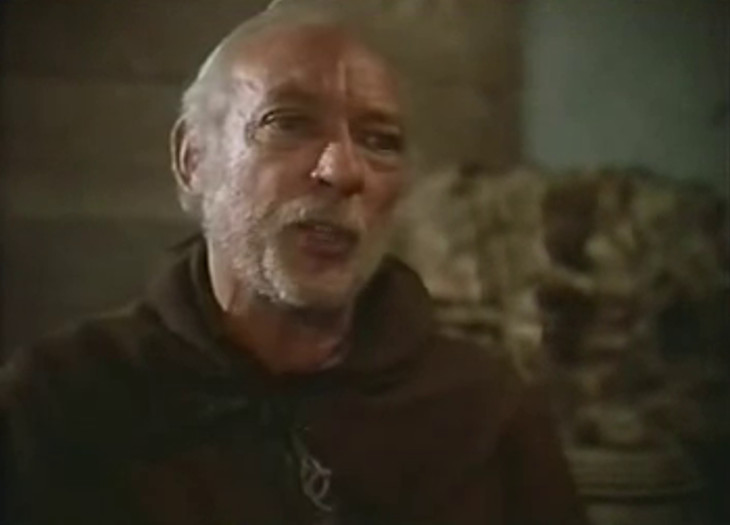
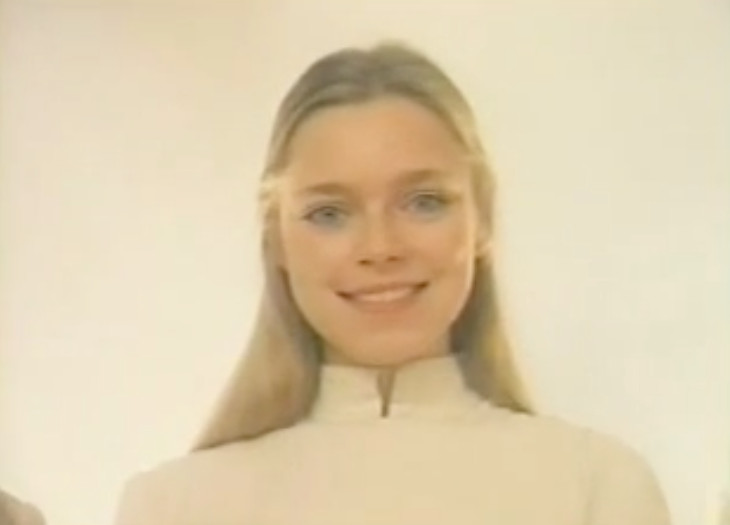
Oh, and who is this in the episode “The Persecution” – incidentally, the last episode which actually aired on network US television – as the main guest character of the show? Why, it’s a certain Chloë Annett:
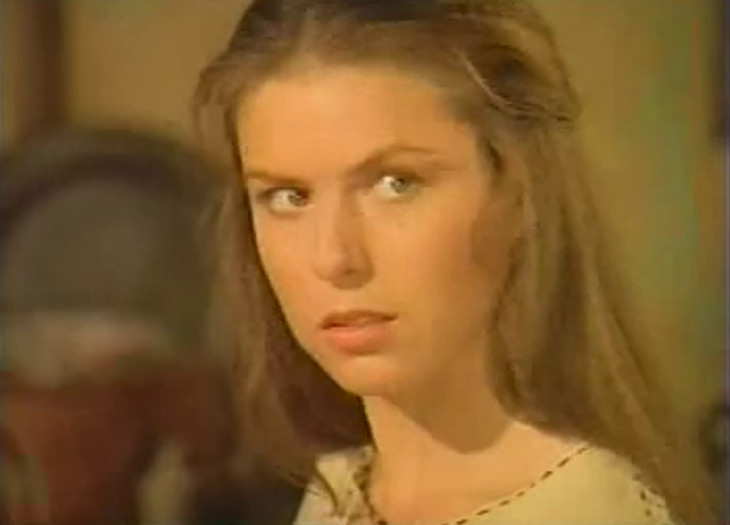
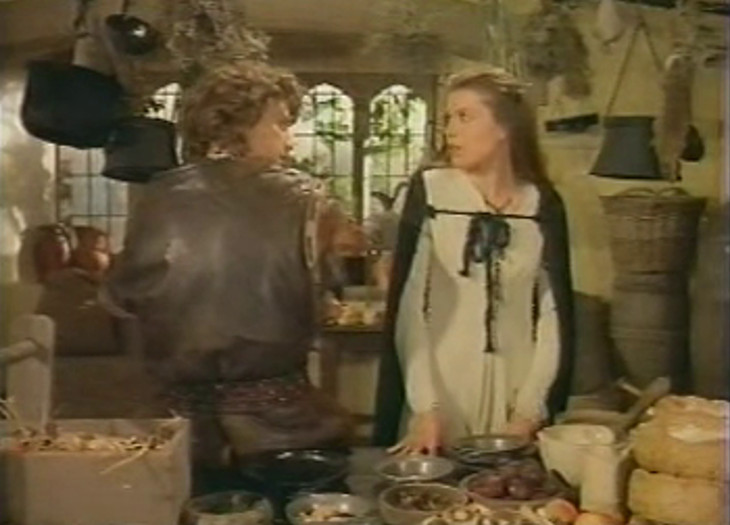
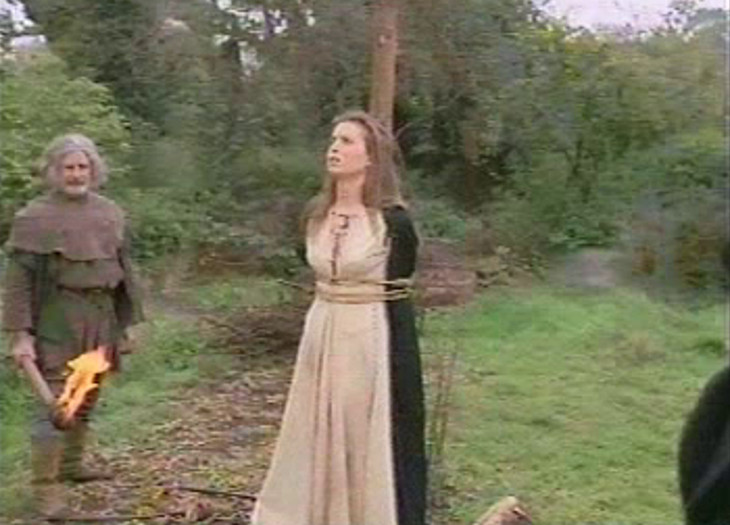
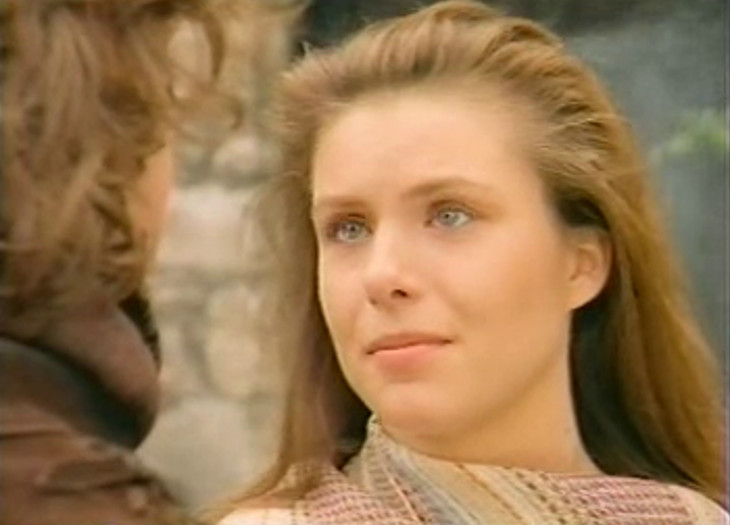
And at the beginning of the episode, she’s even on the same village set as “Emohawk” used, no less. And so there’s a difficult trivia question even for Dwarf fans: “Aside from the set in Emohawk, what is the other major link between Covington Cross and Red Dwarf?
* * *
A version of the above was first published on Dwarf fansite Ganymede & Titan, back in January 2019.1 When I left G&T, I always planned to grab a few of my favourite things I wrote for that site and give them a home over here, and I always thought the above was quite fun.
But in preparing this article for republication, the opening of it struck me. So much has been written about Red Dwarf over the years, and yet nobody – as far as I can make out – ever took the above Covington Cross fact, and did the donkey work of actually comparing the shots. Which considering Dwarf‘s fandom over the years, is slightly peculiar. You really would have thought that somebody would have done it. In fact, I don’t recall anybody uncovering the obvious Chloë Annett connection either.
I mean, I admit: it’s not exactly the most revealing piece of TV criticism. Clive James’ legacy is safe. But to a certain kind of brain it’s interesting, and there are a fair number of people who love telly with these kind of brains. This piece about Father Ted I wrote recently was surprisingly popular.
If Red Dwarf hasn’t been picked clean of this kind of thing, then no show has. So I suppose what I’m trying to say is… go on, think of your favourite TV show, give an established fact a kick, and see what comes out. A brand new piece of trivia may present itself, instead of the usual tired anecdotes.
That’s gotta be worth something, however silly.
Go on, someone write an article detailing the differences between the two versions, and speculate wildly as to why I made them. ↩

2 comments
Phil on 3 November 2020 @ 9pm
Great to see you keeping up the great work. I always enjoy your articles and appreciate the work put in. Plus you’ve introduced me to loads of great stuff over the years.
John Hoare on 4 November 2020 @ 2am
Thank you, Phil! I really appreciate it.
Comments on this post are now closed.